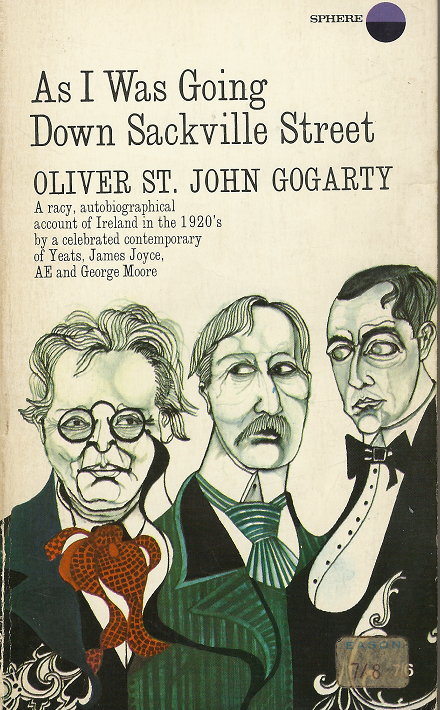This is something I’ve wanted to do for a long time, to ask some questions to one of the Dubliners I find most interesting in our city today. On several occasions I’ve mentioned an interest in the likes of Kevin Freeney and the historic sign writing tradition of this city, and in more recent times it’s the street artists of a different kind who have caught our eye.
From the positive message of the ‘They Are Us’ collaboration with Damien Dempsey, which raised money for the homeless of the city, to his recent contributions to major art exhibition Dublin Contemporary, Maser has brightened the walls of the city, always paying tribute to those who inspired him and helping to open doors for the next lot by including the youth of Dublin in a lot of his work.
He’s an all around decent bloke, a good ambassador for the city and handy with a brush. Enjoy the below. The questions, fittingly for the site you’re reading, all deal with the city and how he relates to her and takes inspiration from her.

1) Most Dubliners would probably have first stumbled across your work through ‘They Are Us’. Did that project, and working with Damien Dempsey, change how you saw Dublin at all? Did you see new things around you, for example visiting Mountjoy?
The ‘They Are Us’ project was addressing things I was already aware of. The idea was to possibly educate and show different aspects of Dublin that maybe some people aren’t too aware, for example the historic sign writing trade, the homeless, graffiti art. The funny thing is, I ended up probably learning the most.
An element of it for me was understanding homelessness, it led me to Mountjoy and St.Pat’s prison, where I painted murals, shared lunch and hung out with the inmates for three weeks. That beats any textbook education.
2:) You seem to do a bit of sign writing professionally on occasion. That tradition is sadly dying in Dublin but it used to be very common here. Would you take influence from that old tradition, as well as the medium of street art?
I’d be fully aware of the technique they used and materials.
I use the material most appropriate for the job, so if it’s large scale, like Ballymun, well spray paint is the best option. If I’ve time, or want to spend extra time on pieces I’ll use brushes with gloss. I really enjoy the act of painting, the end piece is just the result.

Maser and Damien Dempsey's Ballymun piece made the front of The Dubliner.
3) The ‘They Are Us’ show included portraits of James Connolly and ‘The Liberator’ O’Connell. Is Dublin’s history something you’re becoming more and more influenced by do you think?
The more I learn the more I realise how much more I want to know.
There is a wealth of history in this city and country that can supply an extensive body of visual work for any artist. There are still a lot of people, places and situations I need to paint and talk about.
4) One of the best things about following your work is the outreach to working class Dublin kids, getting them involved in a lot of your work. How important is all that to you?
It’s just the way it went. By painting a piece, I’m putting it out there for everyone to see. It’s available to all social classes. When painting I’m not doing it for a target audience. Maybe certain locations dictate that because the piece might be in their area.
I do however, get kids involved through workshops, classes when I can. I understand what it’s like for a kid growing up in Dublin. It’s a confusing time, per pressure, being full of energy and not knowing how to release it, sometimes resulting in those kids going down the wrong path. I’ve worked with kids in schools across Dublin, also getting them involved with my own projects, for example the kids from Crumlin who helped me with the set up of the They Are Us exhibition.
[vimeo.com 19968673]
5)Would you see ‘Dublin Contemporary’ as a big leap for yourself? Is it still as much fun to hit up Windmill Lane as a massive exhibition?
I still consider them two different worlds. It’s great to have the opportunity to do both because it adds variety.
Saying that, the indoor would not survive without the outdoor pieces. Outdoor work is the core of what I do, and the the piece interacts with the outdoor space, whether that be the piece getting damaged, fading off the wall, pissing people off or putting a smile on their face as they walk to work.
Nothing beats painting Windmill Lane, it used to be my playground years ago, going down 5 times a week to drop pieces and stay up in the space. They sand blasted the whole lane clean in ’99, that didn’t last long. The piece below is by TML (The Missing Link, Maser’s old crew)

TML piece at Windmill Lane
Continue Reading »

















 Click on the book for more.
Click on the book for more. Click on the book for more.
Click on the book for more.